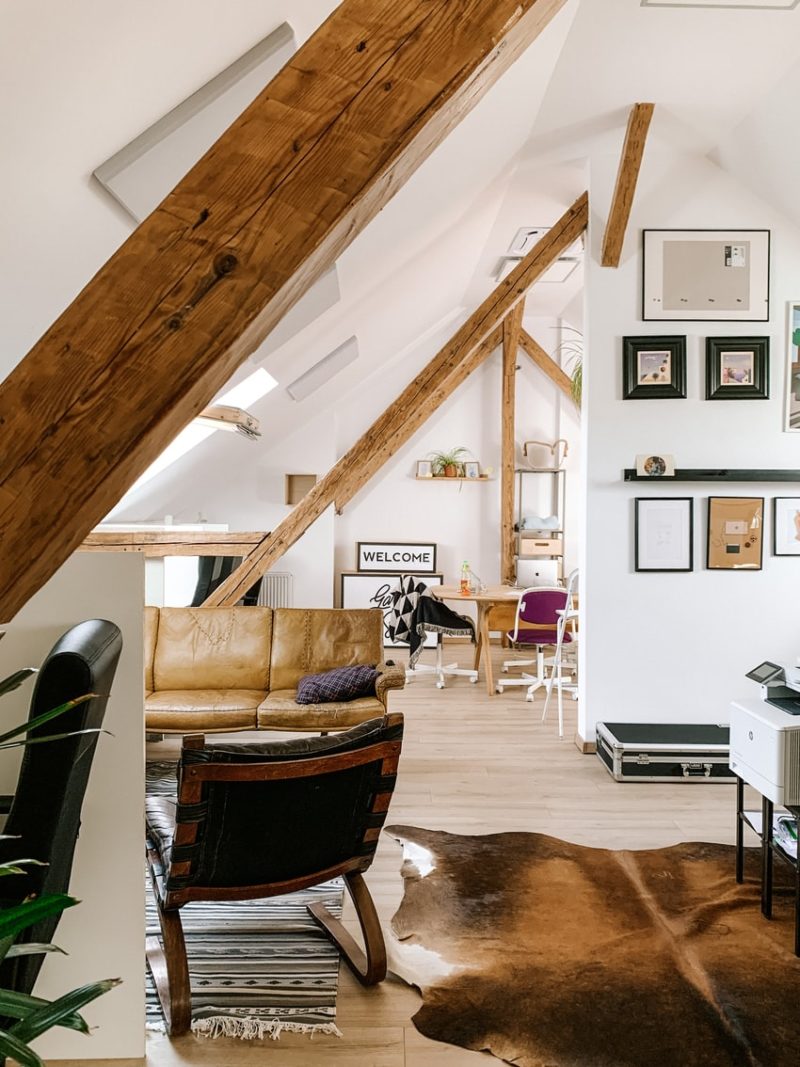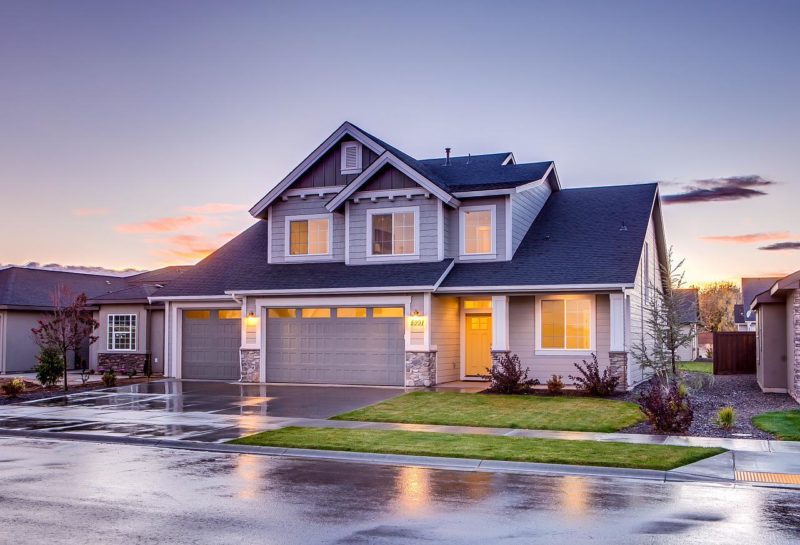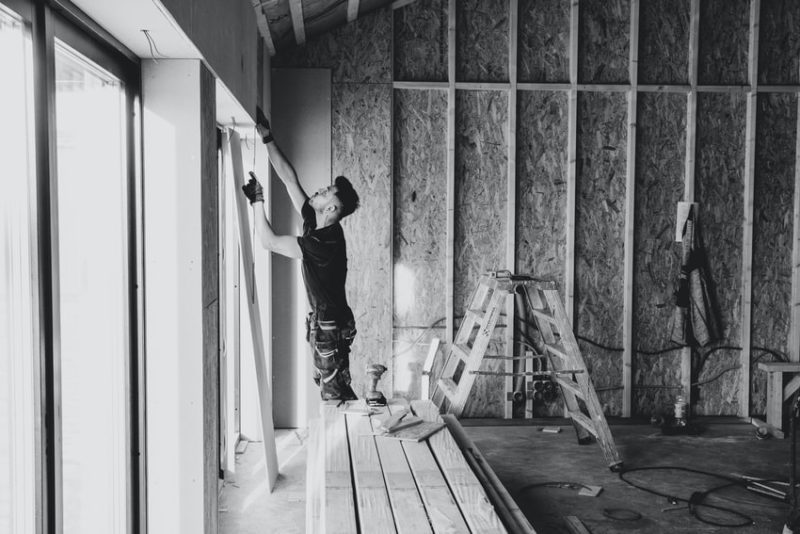What’s the difference between a mansard and dormer loft conversion?
So you’re looking for a little extra space in your home. Maybe you want to extend your bedroom space, add an extra bathroom, or just create a place to store excess items and furniture. A loft conversion sounds like the way forward, but what type of loft conversion do you settle for?
Extending the space on top of your home is a great way to allow for more room, without making too much of a change to the building itself. But often, choosing what style of loft conversion to go for can be challenging. It’s important you consider all of the relevant factors when making your final decision, and to assess what style would best fit your needs.

We’ll be assessing the different types of loft conversions available, and who each style would work best for.
Mansard Loft Conversion
The mansard loft conversion originated in the 17th century, when French Architect Francois Mansard developed the unique design. This type of conversion usually occurs to the rear of the home. Mansard loft conversions typically incorporate the entirety of the rear roof, and velux windows are often installed to this side.

This type of loft conversion is most commonly to the rear of the building, giving window views over the garden area. The roof is flat, and the rear wall often slopes down at a slight angle as shown above, but can also be parallel to the original walls of the home. This style of mansard is known as an L-shaped conversion. You can think of it as a triangular structure extending the roof, when viewing it from the outside.
It’s also possible to create a double mansard, where there is both an extension to the front and back of the property. However, this type of conversion requires certain types of planning permission and may not be permitted in some areas.
Dormer Loft Conversion
A dormer loft conversion is again most commonly constructed at the rear of the property. Dormer loft conversions are the most popular style of loft conversion, allowing you to keep the sloped roof look to your home.

Dormers are constructed as an extension of part of the roof to give more headspace to the room, rather than incorporating the entire rear of the roof. This leaves a more traditional feel to the style of the home, and also creates an ideal space for the addition of a juliette balcony with french doors, giving views over the garden.
Of course, when choosing to install a balcony anywhere within your home, it’s important to request sufficient planning permission to do so beforehand. In some instances, small balconies will not be permitted as they may be too intrusive to neighboring gardens and homes.
Which Style is Best for You?
There are a number of factors you should consider when choosing the perfect style of loft conversion for your home.
The first thing to consider when planning your new loft, is the location of the property. Dormers quite often don’t need full planning permission, as they are a little more of a subtle addition to the home. An example of when a dormer conversion would need planning permission, is when you wish to install a juliette balcony to the structure. Mansards, on the other hand, almost always require planning permission. Depending on the area in which you live, you may only have permission to construct a certain type of conversion.

Another factor to consider is just how much space you’re wanting to add to your loft. Dormers tend to offer less space than the typical mansard loft, as they incorporate less of the roof. Mansard conversions most commonly result in more floor and head room to move around, as they are an extension of the whole rear of the roof. If you’re looking for that little extra room for activities, the mansard is the one to go for.
The final vital factor you should think about when choosing how to reconstruct your loft is your budget. Although there isn’t a massive cost difference between the two, the dormer loft conversion tends to be that slight bit cheaper than a mansard loft conversion cost. So if your budget is a little strict, you may want to opt for a dormer over the mansard.









